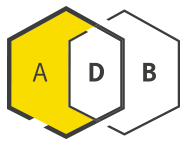Compound ID | 1965
Trimethoprim
Class: Diaminopyrimidine
| Spectrum of activity: | Gram-positive & Gram-negative |
| Details of activity: | Inhibits dihydrofolic acid reductase and thus, the synthesis of purine. Active against many Gram-psitive, Gram-negative strains, and protozoal pathogens |
| Description: | Synthetic compound. Mostly used in fixed combination with sulfamethoxazole (synergistic combination) for treatment and prophylaxis. Oral and parenteral application. |
| Year first mentioned: | 1962 |
| Development status: | Approved, off-patent |
| Chemical structure(s): | |||||||||||
|
|


